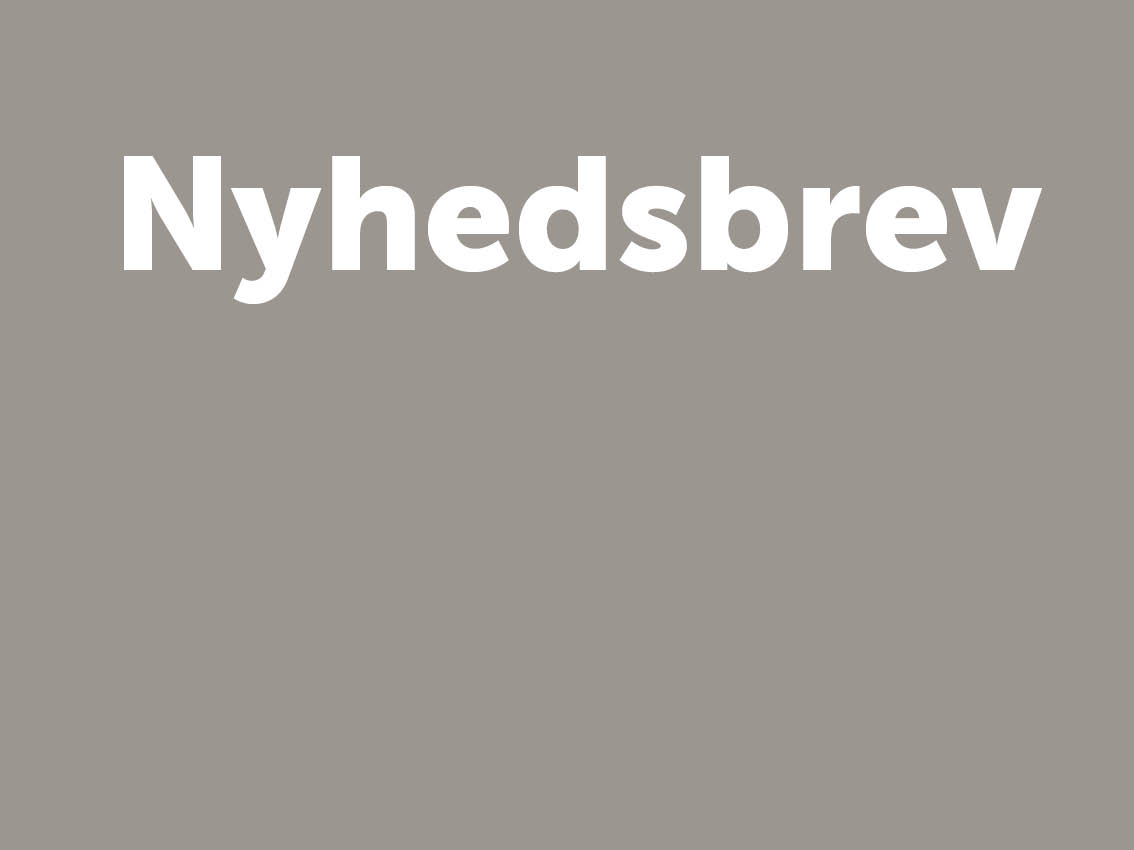
The Ancient Harbours of the Piraeus, Volume III. 1–2
En del af serien Monographs of the Danish Institute at Athens (15,4 and 15,5) , og fagområdet Arkæologi
Mere om bogen
Om bogen
Volumes 15,4 (134 pages) and 15,5 (247 pages, 259 ill., 45 A3 plates) are conceived as a single volume (III.1–2) comprised of two fascicules.
III.1: The Harbour Fortifications of the Mounichia and Kantharos Harbours – Architecture and Topography.
The primary objective of this fascicule is to present the results of the Zea Harbour Project’s investigations of the harbour fortifications at Mounichia in 2005 and the period 2007 to 2012 and to re-examine what can be known about the fortifications of Kantharos, which continues to serve as the Piraeus’ principal harbour to the present day. Chapter 1 (Introduction) considers the objectives, textual sources, archaeological evidence, terminology, and methodology involved, introducing two new terms: “fortified mole” and “fortified breakwater.” Chapter 2 presents the textual evidence relating to the fortifications of the Piraeus, contextualising these structures within the history of the Piraeus from the late 6th century BC until their destruction by Sulla’s forces in 86 BC. Chapter 3 offers an overview of the documentation created by travellers since 1589, topographers since 1686, and scholars since 1881, focusing on their descriptions of the structural remains of the harbours in the Piraeus, but also bringing relevant cartographic, photographic, and artistic documents into consideration. Chapter 4 explores the topography of the fortifications at Kantharos Harbour based on published data. Chapter 5 does likewise for Mounichia, drawing on the findings of the Project’s fieldwork there to provide a detailed analysis of the harbour fortifications’ architecture, supported by feature catalogues of the northern and southern fortified moles. These monumental structures were probably initially constructed in the early 5th century BC. Two later building phases belonging to the 5th century BC (in all probability 429/28 BC or shortly thereafter) and the 4th to 3rd centuries BC have been identified.
III.2: The Themistoclean Shipsheds in Group 1 at Mounichia Harbour – Architecture, Topography and Finds.
This fascicule presents the findings of the Project’s 2010–2012 investigations on the northern side of Mounichia Harbour to discuss the architecture and topography of Shipsheds 1–7 in Group 1. Chapter 1 is devoted to the survey and excavation of this set of shipsheds. Shipshed 1(α), dated to terminus post quem 500–480 BC, represents the Zea Harbour Project’s most important discovery: of all the Classical-period structures in the Piraeus, only Shipshed 1(α) has a compelling claim to be linked to Themistocles’ building programme. Chapter 2 offers a survey and catalogue of the ceramics and other small finds discovered during the excavation of Shipshed 1(α) and of the northern fortified mole at Mounichia. Appendices, Figures, and Plates complete the volume.
Forlaget skriver:
19 april 2024
Bogtorsdag den 2. maj
Vær med, når Aarhus Universitetsforlag og Det Kgl. Bibliotek fejrer forfattere og nye bøger. Vi ses den 2. maj kl. 16-17 i…
22 marts 2024
Bogtorsdag den 4. april
Vær med, når Aarhus Universitetsforlag og Det Kgl. Bibliotek fejrer forfattere og nye bøger. Vi ses den 4. april kl. 16-1…
21 februar 2024
Bogtorsdag 7. marts
Vær med, når Aarhus Universitetsforlag og Det Kgl. Bibliotek - Aarhus - fejrer månedens forfattere og nye bøger. 7. marts kl…




